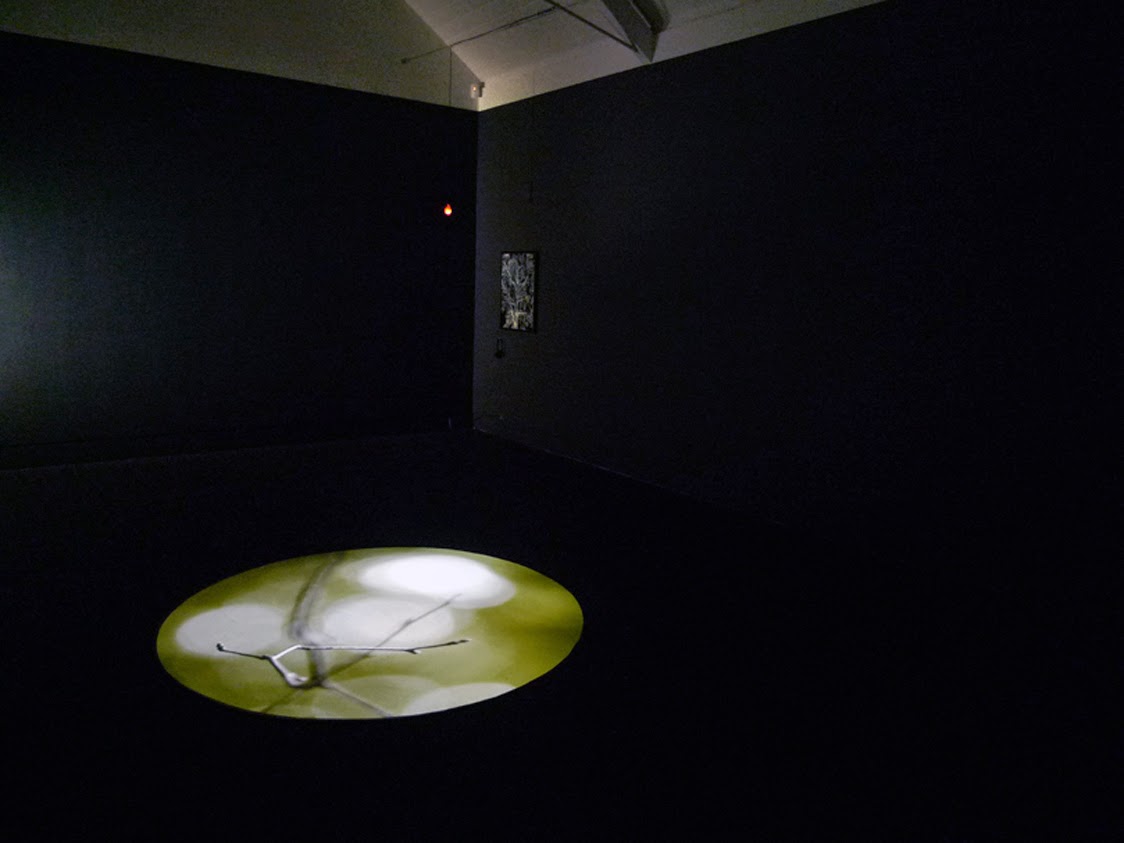BBC See Hear
In this interview to BBC See Hear, Juan delGado talks with Heidi Koivisto-Robertson about his project The Flickering Darkness (revisited) awarded an Unlimited Commission exhibited at the Southbank Center, London.
BBC See Hear, January 2015
delGado also introduces to us his recent project The Ringing Forest, shortlisted for the Open Forest Commission and exhibited at the Jerwood Space, London in January 2014.
The Ringing Forest, Jerwood Space, London
This project is exhibited at the 4th Edition of the +End of the World Biennal in Mar de Plata, Argentina.
The Ringing Forest, Espacio Asilo Unzue, Mar de Plata (Argentina)
In most western traditions, the forest has a unique character, its sense of place is a function of its history that combines with the natural physical environment to form its cultural landscape. The character of the forest, like all other ‘natural’ spaces, is in fact a product of human imagination, rooted in culture and understood in opposition to the idea of the civilized universe.
curator: Fortunata Calabro
Rhizome, digital archival print, 2014
In the project The Ringing Forest I aim to explore the forest environment through the lens of my personal auditory experience, investigate the phenomenological perception of sound and movement and develop an integrated piece that challenges viewers to shift their perspective. Effectively disabling the audience in a subversive act of artistic sabotage, the work questions the notion of the natural world.
The Fallen Tree, Digital Archive Print, 2014
The concept of Green Noise, researched and developed throughout the project, represents the juncture between the external sound of the forest and the internal bodily sounds. It refers to the sound generated by the movement of tree trunks, leaves, wind and other natural phenomena in the forest as well as the intensely personal sound of tinnitus a physical condition resulting in permanent internal ‘noise’ (and therefore, a hearing impairment) created inside the artist head and audible only to him. This internal sound, described as the continuous crushing of glass, at times masks all external sounds, creating a barrier between the artist and the assumed world outside and rendering the sense of hearing irrelevant for an attempted objective reading of what we perceive as reality.







